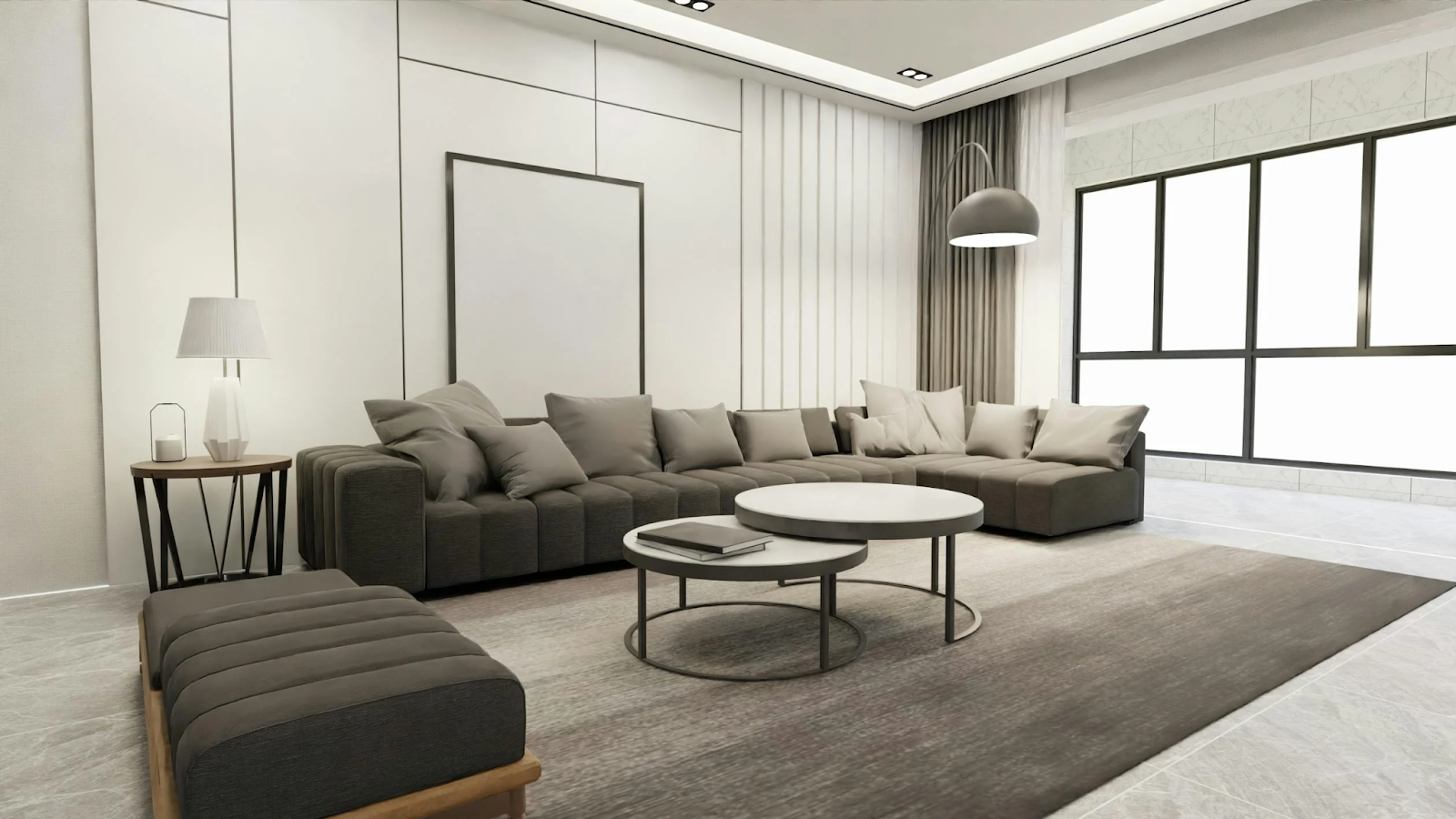4 Essential Factors to Consider for Effective Custom House Design
As a homeowner seeking a truly personalized living space, embarking on a custom house design journey is an exciting endeavor. Building a home tailored to your unique lifestyle, preferences, and aspirations allows you to create a sanctuary that perfectly aligns with your vision. However, effective custom house design requires careful consideration of various factors to ensure a seamless and successful process. In this comprehensive guide, I will explore the 10 essential elements that should be at the forefront of your custom home design journey.
Factors to consider for the layout and floor plan
The layout and floor plan serves as the foundation for your custom house design, shaping the functionality and flow of your living spaces. When crafting the perfect layout, it is crucial to consider the following:
- Family Dynamics: Assess the size of your household, the ages of family members, and any specific needs or preferences. This will help determine the number of bedrooms, bathrooms, and common areas required.
- Lifestyle Preferences: Evaluate your daily routines, hobbies, and activities to ensure the layout accommodates your lifestyle seamlessly. For instance, if you enjoy entertaining, an open-concept living area with a seamless transition to the outdoor space might be desirable.
- Future Needs: While designing for your current requirements, it is equally important to consider potential future needs. This could include accommodating aging parents, growing families, or even home-based businesses.
By carefully considering these factors, you can create a layout that not only meets your present needs but also adapts to your evolving lifestyle.
Incorporating sustainability and energy efficiency into the design
In today’s environmentally conscious world, integrating sustainable and energy-efficient elements into your custom house design is not only responsible but also cost-effective in the long run. Here are some key considerations:
- Orientation and Passive Design: Position your home to maximize natural light and ventilation, reducing the need for artificial lighting and cooling systems.
- Insulation and Building Materials: Opt for high-performance insulation and sustainable building materials that contribute to energy efficiency and a lower carbon footprint.
- Renewable Energy Sources: Explore the feasibility of incorporating solar panels, geothermal systems, or other renewable energy sources to reduce your reliance on traditional energy sources.
By embracing sustainability and energy efficiency from the outset, you can create a comfortable, eco-friendly home that aligns with your values while minimizing your environmental impact.
Maximizing natural light and ventilation in the design
Natural light and ventilation not only contribute to a healthier living environment but also enhance the overall ambiance of your custom house. Here are some strategies to consider:
- Strategic Window Placement: Position windows strategically to maximize natural light throughout the day while minimizing excessive heat gain or loss.
- Open Floor Plans: Embrace open floor plans that allow natural light to flow freely throughout the living spaces, creating a bright and airy atmosphere.
- Passive Ventilation Strategies: Incorporate design elements like strategically placed windows, skylights, and courtyards to promote natural cross-ventilation, reducing the need for mechanical cooling systems.
By thoughtfully integrating natural light and ventilation into your custom house design, you can create a comfortable, energy-efficient, and visually appealing living environment.
Selecting the right materials and finishes for your custom house
The materials and finishes you choose for your custom house design not only impact its aesthetic appeal but also its durability, maintenance requirements, and overall functionality. Consider the following factors:
- Durability and Longevity: Select high-quality materials that can withstand the test of time and the elements, ensuring your home remains beautiful and functional for years to come.
- Maintenance Requirements: Evaluate the maintenance needs of different materials and finishes to ensure they align with your lifestyle and willingness to maintain them.
- Indoor Air Quality: Opt for materials and finishes that promote healthy indoor air quality, minimizing the presence of harmful chemicals or allergens.
By carefully selecting materials and finishes that balance aesthetics, durability, and functionality, you can create a custom home that not only looks beautiful but also provides a comfortable and healthy living environment.
Conclusion
Embarking on a custom house design journey is a significant undertaking that requires careful consideration of various factors. By addressing the essential elements outlined in this guide, including layout and floor plan, sustainability and energy efficiency, architectural style, natural light and ventilation, materials and finishes, and collaboration with professionals, you can create a custom home that truly reflects your unique lifestyle, preferences, and aspirations.
Remember, effective custom house design is an iterative process that requires patience, open communication, and a willingness to adapt and refine your vision as needed. Embrace this journey as an opportunity to create a living space that not only meets your functional needs but also serves as a sanctuary that inspires and uplifts you for years to come.
If you’re seeking a truly personalized and exceptional living experience, consider exploring OPPOLIA Home‘s new whole-house designs. Our team of experts is dedicated to bringing your custom house vision to life, seamlessly blending functionality, sustainability, and aesthetic appeal. Learn more about our comprehensive custom home design services and embark on a journey toward creating your dream living space.
